Test OMG EV high voltage cable (Part 1)
Date:2019/12/5 15:44:30
Electric vehicle high voltage line test project
Low temperature winding testLow temperature winding test: It is used to evaluate the performance of round cables or round insulated cores at low temperatures, and is used in conjunction with low temperature boxes.
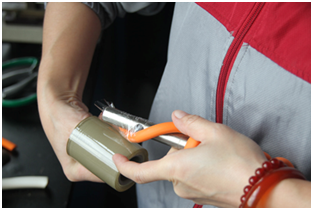
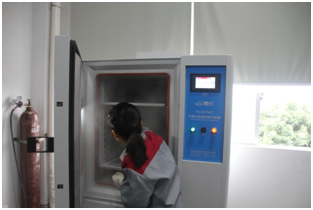
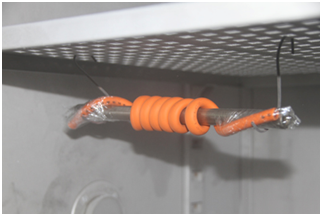
Put the wound high-voltage wire into the -40 degree incubator for 4h, and the surface of the product after taking out will not crack or crack. The following picture shows the product after taking out the incubator:
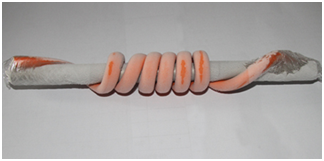
Short-term aging test: In order to use the laboratory equipment in the shortest time to simulate the change in insulation performance of the insulating material under long-term operation in actual operation. Accelerate the completion of the experiment by artificially accelerating the aging of insulating materials in the laboratory. A good artificial accelerated aging experiment method must have equivalence, typicality and repeatability, of which equivalence is often the most important, because equivalence can truly reflect the aging process of insulating materials.
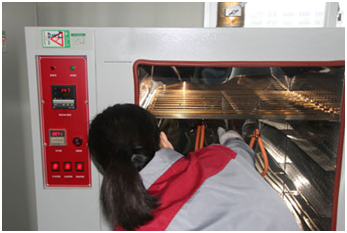
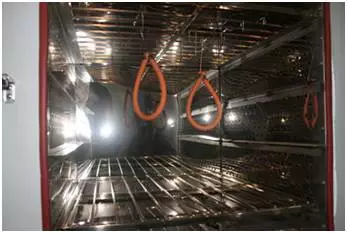
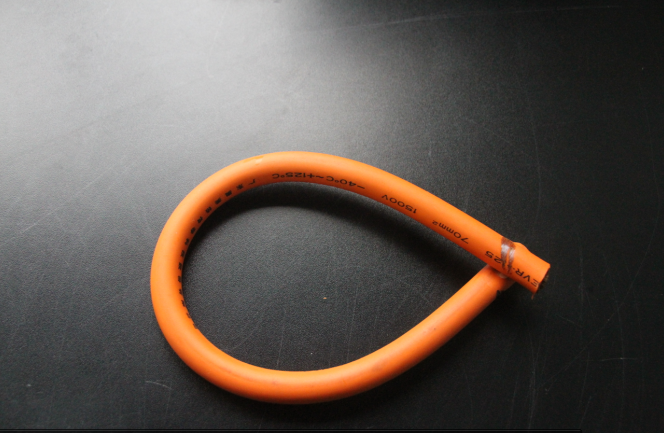
Randomly check the high-voltage wire into a 150-degree high-temperature box for 240 hours. Take out the surface of the product without cracking. If there is no crack, the jacket is qualified. The following picture shows examples of bad products that crack after high temperature aging.
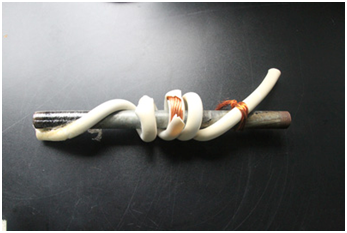
Insulation volume resistivity test
The basic characteristic of insulating materials is high insulation resistance. The higher the rated voltage of electrical equipment, the higher the insulation resistance. However, if the insulation is damp, the surface is dirty or deteriorated, the insulation resistance will drop sharply; if there are penetrating cracks or breakdown channels (see dielectric breakdown), the insulation resistance will drop to zero. Usually use a high resistance meter (shake meter) to measure the insulation resistance of the device.
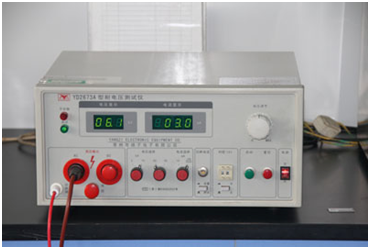
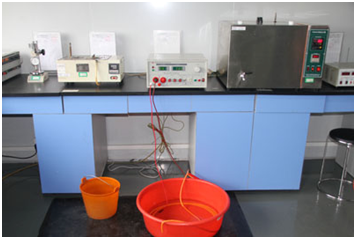
Test the high-voltage line energized at a high voltage of 600V, the insulation and insulation resistance of the product.
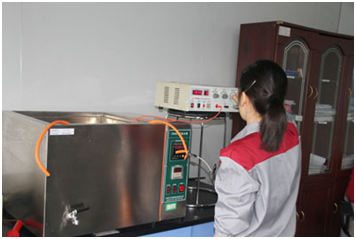
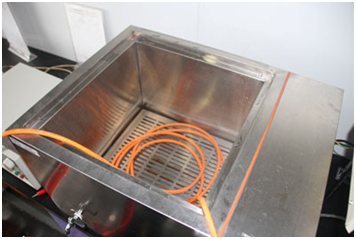
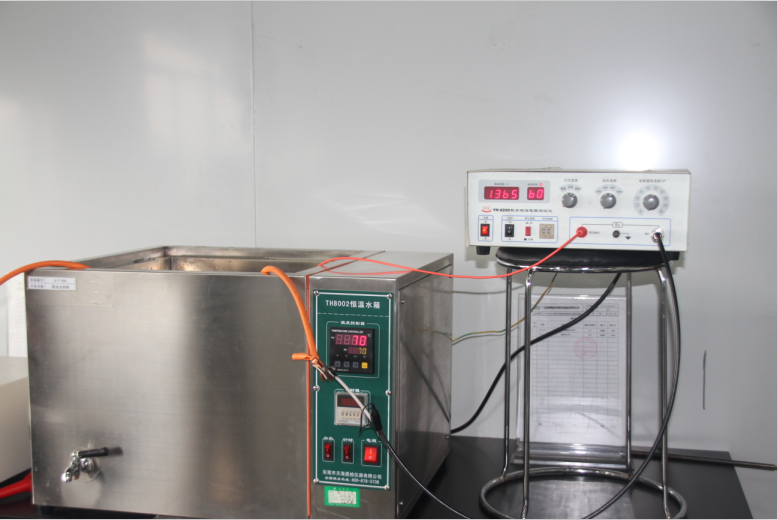
Tensile and tear resistance test: test the tensile and tear resistance of high-voltage wires of electric vehicles
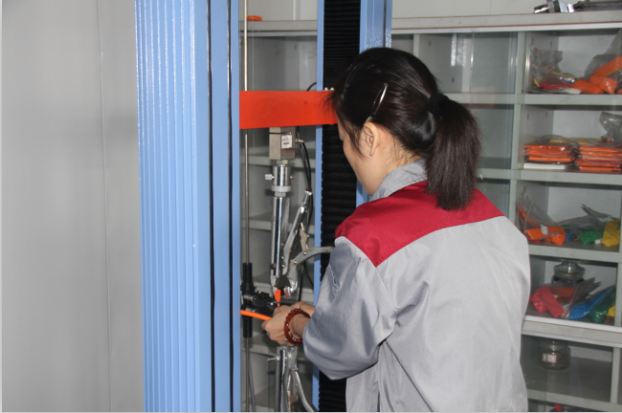
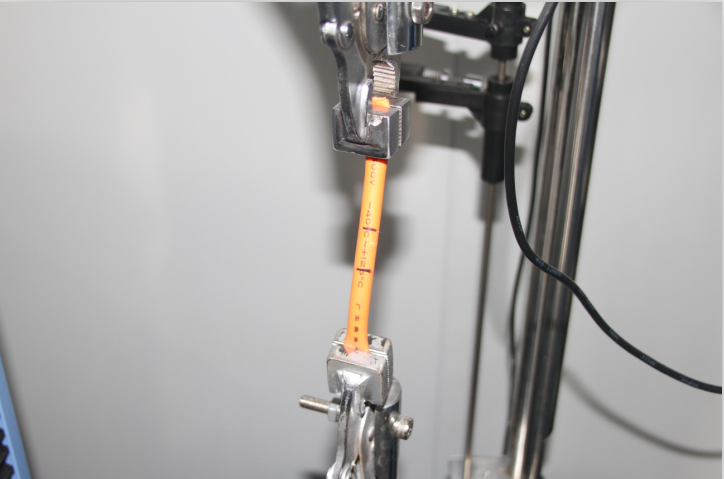
The stretched electric vehicle high-voltage line
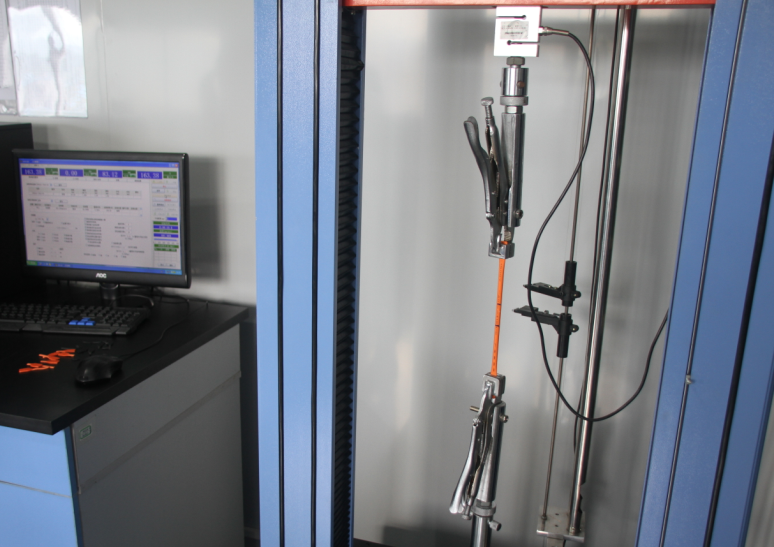
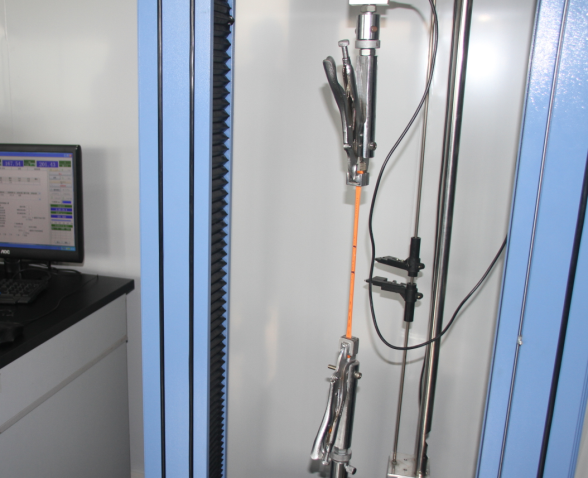
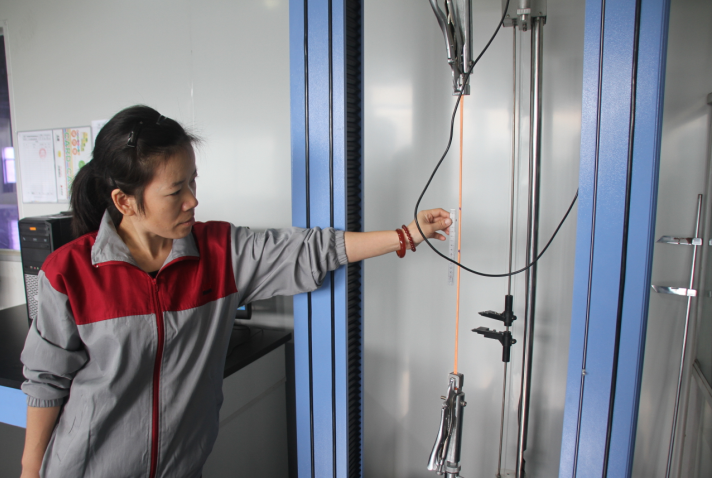
Flame retardant test: Under the specified test conditions, the sample is burned. After the test fire source is removed, the flame spread is only within the limited range, and the residual flame or residual flame can extinguish the cable by itself within a limited time. The basic feature is: it may be burnt out and cannot run in the event of a fire, but it can prevent the spread of the fire. In layman's terms, in the event of a fire in the wire, the combustion can be limited to a local range without spreading, protecting other various equipment, and avoiding greater losses.
Conduct five 15-second burning tests on the high-voltage lines of electric vehicles to test the flame retardancy of the products.
vw-1 concept:
vw-1 is the flammability rating UL, VW-1 test standard of the wire. The experiment stipulates that the sample should be kept vertical, burn with a test torch (flame height 125mm, thermal power 500W) for 15 seconds, then stop for 15 seconds, repeat 5 Times. The eligibility criteria are: 1. The residual flame should not exceed 60 seconds. 2. The sample should not be burned by more than 25%. 3. The surgical cotton pad on the bottom should not be ignited by falling objects.
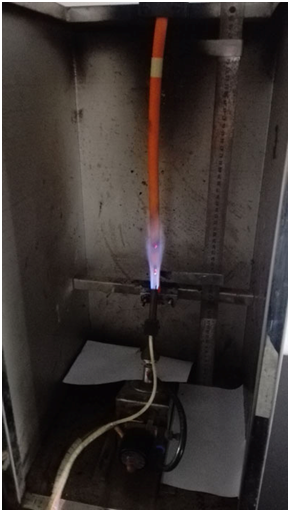
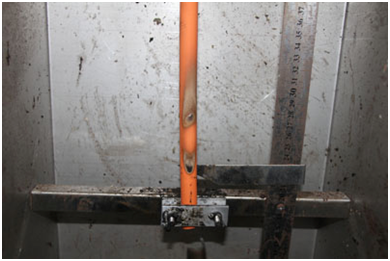
The electric vehicle high-voltage line after the combustion test is still intact.
